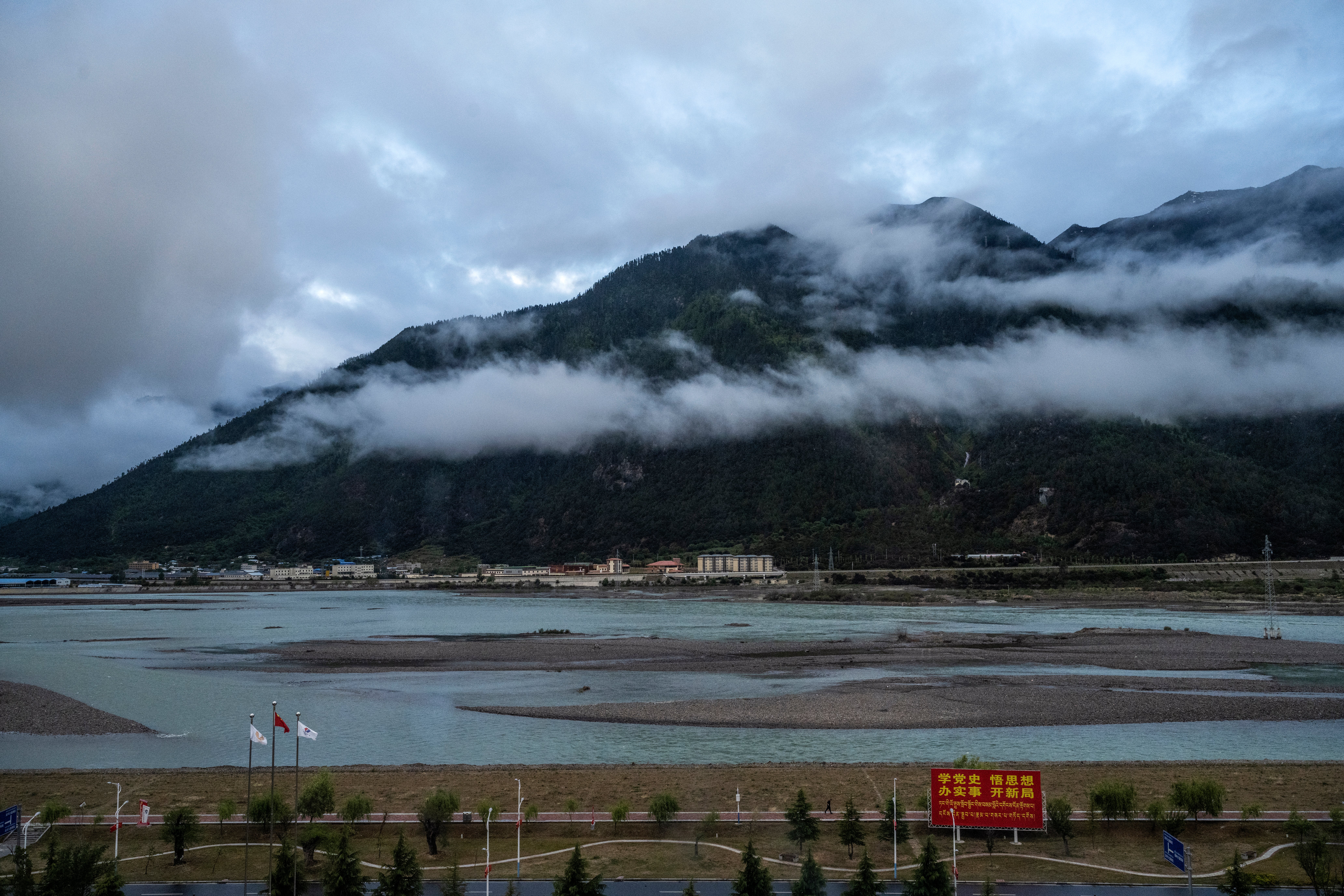India concerned as China approves world’s largest dam in Tibet
Project on Yarlung Zangbo river could generate three times as much electricity as Three Gorges mega-dam
Your support helps us to tell the story
From reproductive rights to climate change to Big Tech, The Independent is on the ground when the story is developing. Whether it's investigating the financials of Elon Musk's pro-Trump PAC or producing our latest documentary, 'The A Word', which shines a light on the American women fighting for reproductive rights, we know how important it is to parse out the facts from the messaging.
At such a critical moment in US history, we need reporters on the ground. Your donation allows us to keep sending journalists to speak to both sides of the story.
The Independent is trusted by Americans across the entire political spectrum. And unlike many other quality news outlets, we choose not to lock Americans out of our reporting and analysis with paywalls. We believe quality journalism should be available to everyone, paid for by those who can afford it.
Your support makes all the difference.China has approved the construction of the world’s largest hydropower dam on the eastern rim of the Tibetan plateau despite protests over its ecological impact and concerns it could affect millions of people downstream in India and Bangladesh.
The dam, located in the lower reaches of the Yarlung Zangbo river, could annually produce 300 billion kWh of electricity, according to an estimate provided by the Power Construction Corp of China in 2020. That is more than triple the 88.2 billion kWh capacity of the Three Gorges Dam, currently the world’s largest, in central China.
The project is expected to play a major role in meeting China’s carbon peaking and carbon neutrality goals, stimulate related industries such as engineering, and create jobs in Tibet, Chinese state media Xinhua reported on Wednesday.
A section of the Yarlung Zangbo falls a dramatic 2,000m within a short span of 50km, offering huge hydropower potential as well as unique engineering challenges.
The outlay for building the dam is expected to eclipse the 254.2bn yuan (£27.80bn) it cost to construct the Three Gorges Dam.

Constructing Three Gorges required the resettling of 1.4 million people.
Authorities have not indicated how many people the new project would displace and how it would affect the local ecosystem, one of the richest and most diverse on the plateau. The site of the project is located along a tectonic plate boundary which is a zone for earthquakes.
At least four 20km-long tunnels must be drilled through the Namcha Barwa mountain to divert half of the river’s flow to harness its power, according to reports.
But according to Chinese officials, hydropower projects in Tibet, which they say hold more than a third of China’s hydroelectric power potential, would not have a major impact on the environment or on downstream water supplies.
India and Bangladesh have nevertheless raised concerns about the dam, with the project potentially altering the river’s course downstream.
India is concerned that Chinese projects in the region could trigger flash floods or create water scarcity downstream.
An Indian lawmaker previously raised concerns over China building the dam in the bordering region of the Indian state of Arunachal Pradesh, which China claims as part of southern Tibet.
The Yarlung Zangbo becomes the Brahmaputra river as it leaves Tibet and flows south into India’s Arunachal Pradesh and Assam states and finally into Bangladesh.
“We cannot trust our ‘neighbour’. You never know what they can do,” Ninong Ering, a member of the ruling Bharatiya Janata Party (BJP) told the parliament in July.
“They can either divert the entire river flow drying up our Siang or release water at once causing unprecedented floods and havoc downstream.”
Additional reporting by agencies

Join our commenting forum
Join thought-provoking conversations, follow other Independent readers and see their replies
Comments